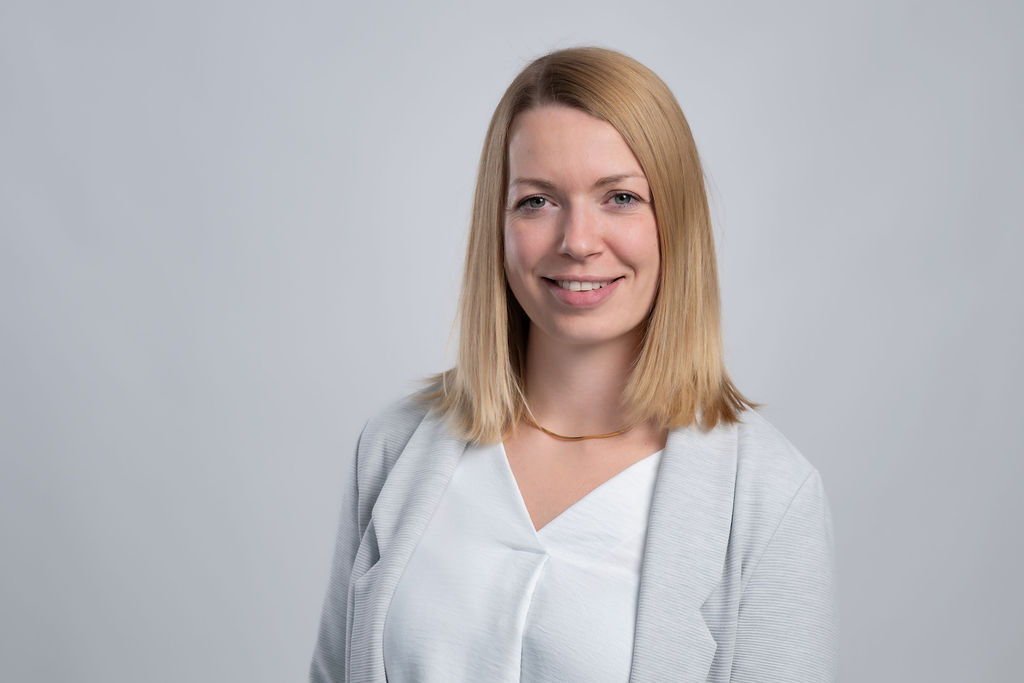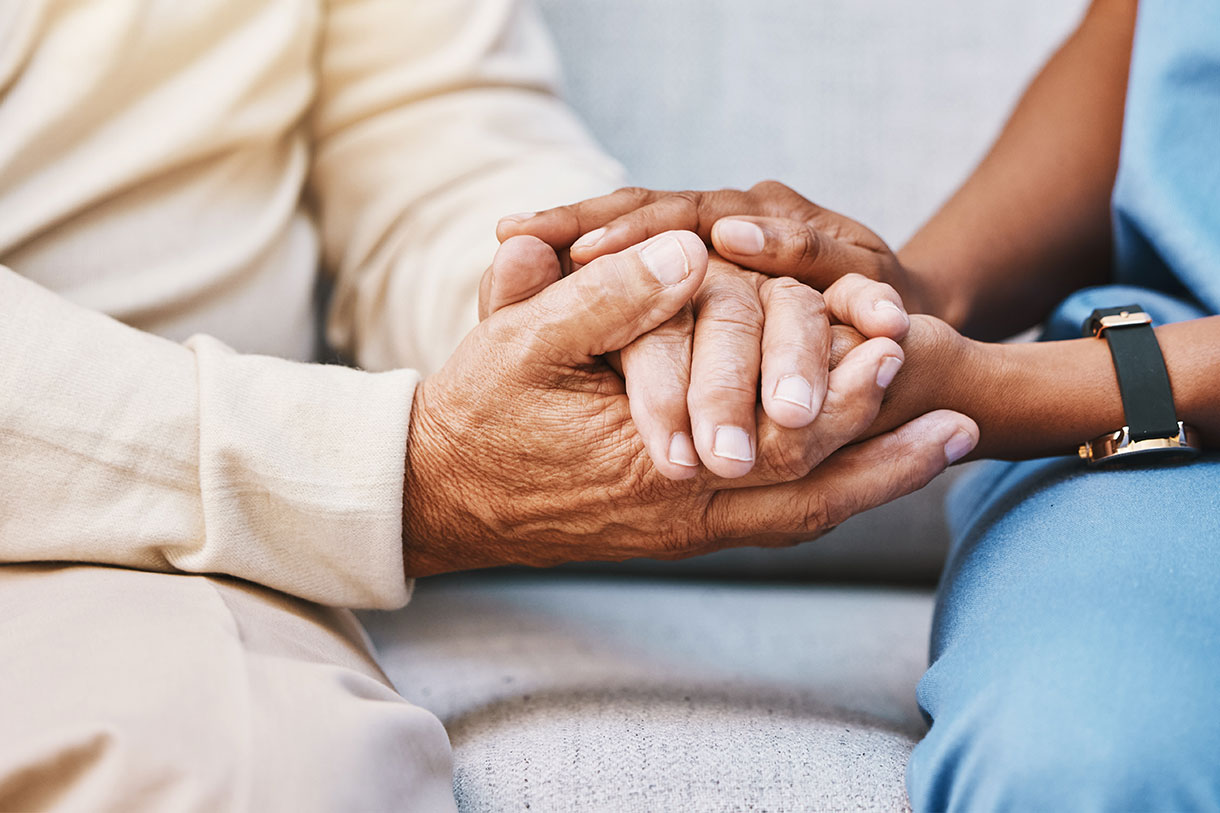Inhaltsverzeichnis | Sommaire
In long-term care, the safety and well-being of residents is a top priority. However, despite the utmost care, adverse events occur time and again, which can affect the trust of residents, their relatives and staff. This is precisely where the Critical Incident Reporting System (CIRS) comes in.
What is H-CIRS Professional?
CIRS stands for “Critical Incident Reporting System” and is an anonymous reporting system that documents errors, near misses and adverse events in the healthcare sector. It enables an open error culture in which employees can report incidents without fear of consequences. The focus is on learning from incidents, minimizing risks and improving the quality of care in the long term through targeted measures.
Why CIRS Professional is indispensable
In long-term care, the introduction of a system such as H-CIRS Professional is not only a means of improving safety, but also an important step towards meeting legal requirements. There are several reasons why CIRS is so important:
- Promoting an open and positive error culture:
Anonymous reports promote an environment in which errors are seen as a learning opportunity. This strengthens trust within the team and enables solutions to be developed proactively. - Learning from mistakes:
The systematic analysis of reports allows process improvements to be made and safety gaps to be closed. Every incident is used to sustainably improve the quality of care. - Prevention instead of reaction:
By identifying risks at an early stage and taking preventive measures, future incidents can be prevented – whether through improved training, adapted care plans or technical precautions. This leads to safer care conditions for residents and staff. - Improved safety and quality of care:
All of these measures contribute directly to increasing safety and improving the quality of life of residents At the same time, care staff also benefit from clearer processes and safer working conditions. - Cost savings:
Avoidable errors can cause considerable additional costs, whether through longer care times or additional treatments. CIRS helps to reduce these costs and minimize legal risks. - Legal requirements and quality assurance:
CIRS Professional ensures compliance with the strict requirements for quality assurance and risk prevention as stipulated by law in the Swiss healthcare system.
Legal requirements in Switzerland: quality assurance through CIRS
In Switzerland, there are clear legal requirements for quality assurance in the healthcare sector, which are binding for all service providers, including nursing homes. Particularly noteworthy are the requirements for so-called learning and reporting systems such as CIRS, which are regulated by the Health Insurance Act (KVG) and the Health Insurance Ordinance (KVV) (blog article).
Article 58a KVG and Article 58g KVV oblige all inpatient and outpatient healthcare providers to introduce measures for quality assurance and risk prevention. A central instrument in this regard are reporting systems such as CIRS, which make it possible to record adverse events and gain insights from them to improve the quality of care.
Article 58d KVV requires that nursing facilities have a suitable reporting and learning system such as CIRS and must join a nationwide uniform network for reporting adverse events. Based on the data provided by CIRS, systematic analyses and evaluations of incidents can be carried out. This enables the facilities not only to operate in compliance with the law, but also to continuously improve the quality of their services.
H-CIRS Professional supports long-term care facilities in meeting these legal obligations, including joining the national network of the Swiss Patient Safety Foundation
Examples of CIRS reports in long-term care
The concrete application of CIRS shows how such a system can improve day-to-day care:
- Medication mix-up:
A nurse mixes up medication. The report makes it possible to analyze the error and improve the medication process. - Fall prevention:
A resident falls in the bathroom. After reporting it, non-slip mats and grab rails are installed to prevent future falls. - Nutritional problems:
A resident shows signs of malnutrition because they have difficulty chewing solid food. The report is used to adapt the diet and the resident is given special, easily digestible meals. - Communication problems:
A resident with hearing problems does not understand the care staff’s instructions properly, which leads to confusion and stress. After notification, a communication plan is drawn up that includes visual aids and clear, slow speech.
Conclusion: A system that creates trust and strengthens care
The introduction of H-CIRS Professional in retirement and nursing homes is a decisive step towards safer, more efficient and better quality care. It promotes an open error culture, supports employees in their everyday work and makes a significant contribution to meeting the legal requirements in the healthcare sector. By proactively identifying and remediating vulnerabilities, facilities can not only increase the safety of their residents and thus improve their quality of life, but also reduce costs in the long term and increase the satisfaction of all stakeholders.
H-CIRS Professional is more than just a reporting system – it is an investment in the future of care.





















